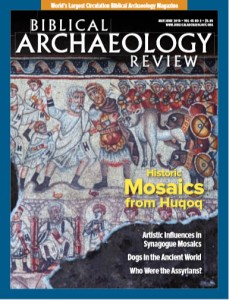
All too often when the words “archaeological provenance” and “museum” appear in a sentence together, we hear disturbing stories of black-market antiquities deals, anonymous middlemen, falsified customs paperwork, smuggling activities, federal civil complaints, and forgeries.
This past February (2019), the Metropolitan Museum of Art (the Met) in New York had a brush with this underworld, and their response was laudable.
The Met abruptly closed a museum exhibition featuring a gilded coffin of a first-century B.C.E. Egyptian priest named Nedjemankh, who served the ram-headed god Heryshaf of Heracleopolis Magna. The Met shut down this well-publicized exhibition after evidence surfaced that the centerpiece of the exhibit, the golden coffin, which it had purchased in 2017 from a Paris art dealer, had been looted from Egypt in 2011.
The art dealer who sold the coffin to the Met presented phony documents making it appear that the coffin had proper provenance, including a forged Egyptian export license claiming the object had been legally acquired in 1971. When the Met learned of this, they immediately shuttered the exhibit and made the decision to return the coffin to the Egyptian Ministry of Antiquities. The Met will now seek to recoup the nearly $4 million it paid for the coffin.
I applaud the Met’s actions. Museums should not purchase unprovenanced goods or items on the black market. And when cultural heritage items have been demonstrated to be stolen, they should be returned to their lands of origin.
This then raises the question: Are there any other items in museums that should be returned or repatriated to their countries of origin?
Already a library member? Log in here.
Institution user? Log in with your IP address.

